Starbucks: Examining Market Segmentation, SWOT, and Recommendations
VerifiedAdded on 2023/06/08
|10
|461
|300
Case Study
AI Summary
This case study provides an overview of Starbucks, an American multinational coffeehouse chain, from its founding in 1971 to its current global presence with over 33,000 stores in 80 countries. It highlights the founders' inspiration from Alfred Peet and the company's initial focus on educated, white-collar customers. The analysis includes a discussion of Starbucks' products and services, emphasizing its reputation for quality, and a SWOT analysis noting its strong financial performance. Recommendations are made to address the pricing strategy to broaden the customer base beyond high-income individuals. The study concludes that Starbucks has a strong brand image but could benefit from expanding its market reach by offering more affordable products. The case study references academic sources that discuss Starbucks' marketing strategies and their impact on consumer behavior.
1 out of 10
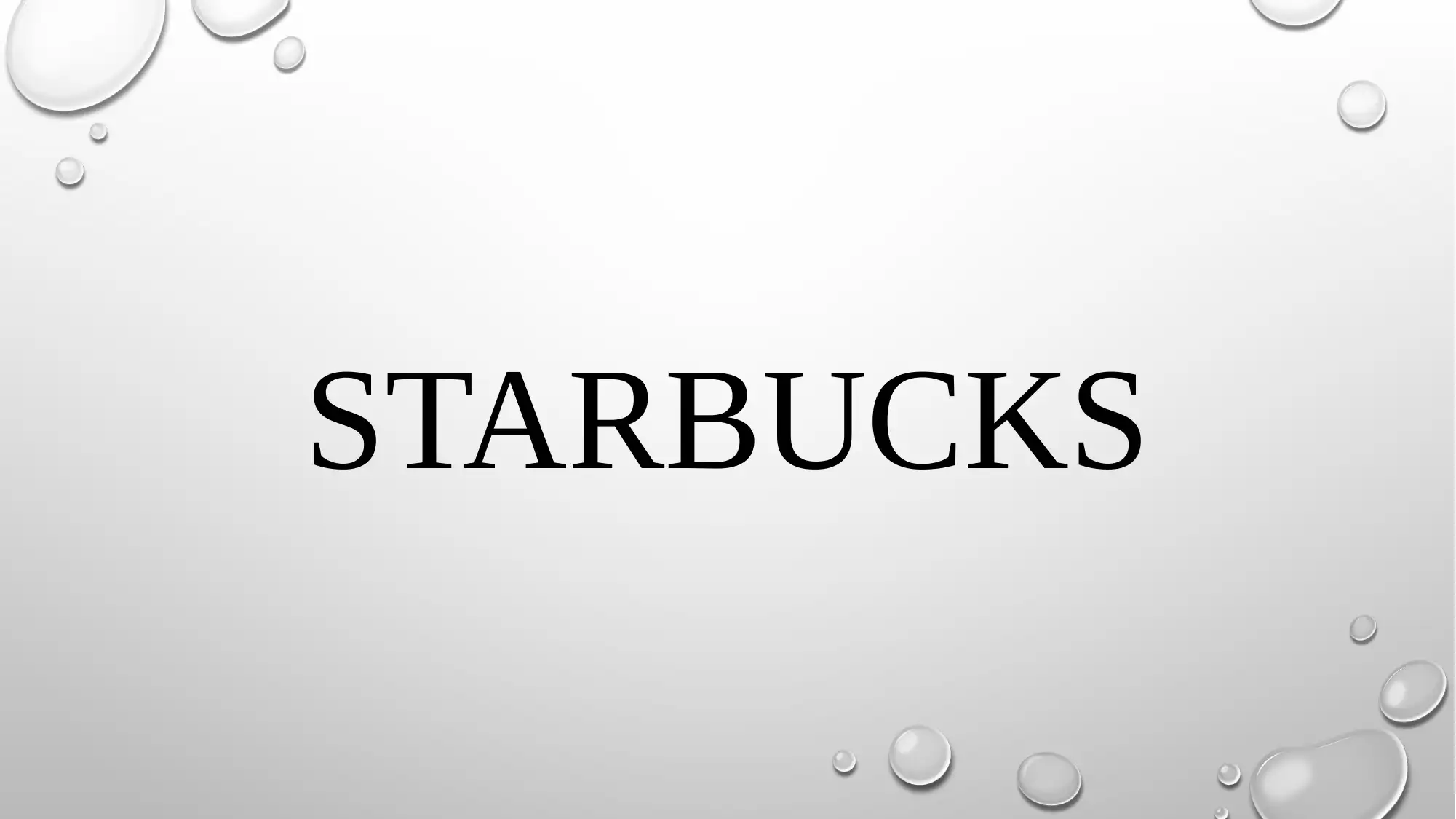
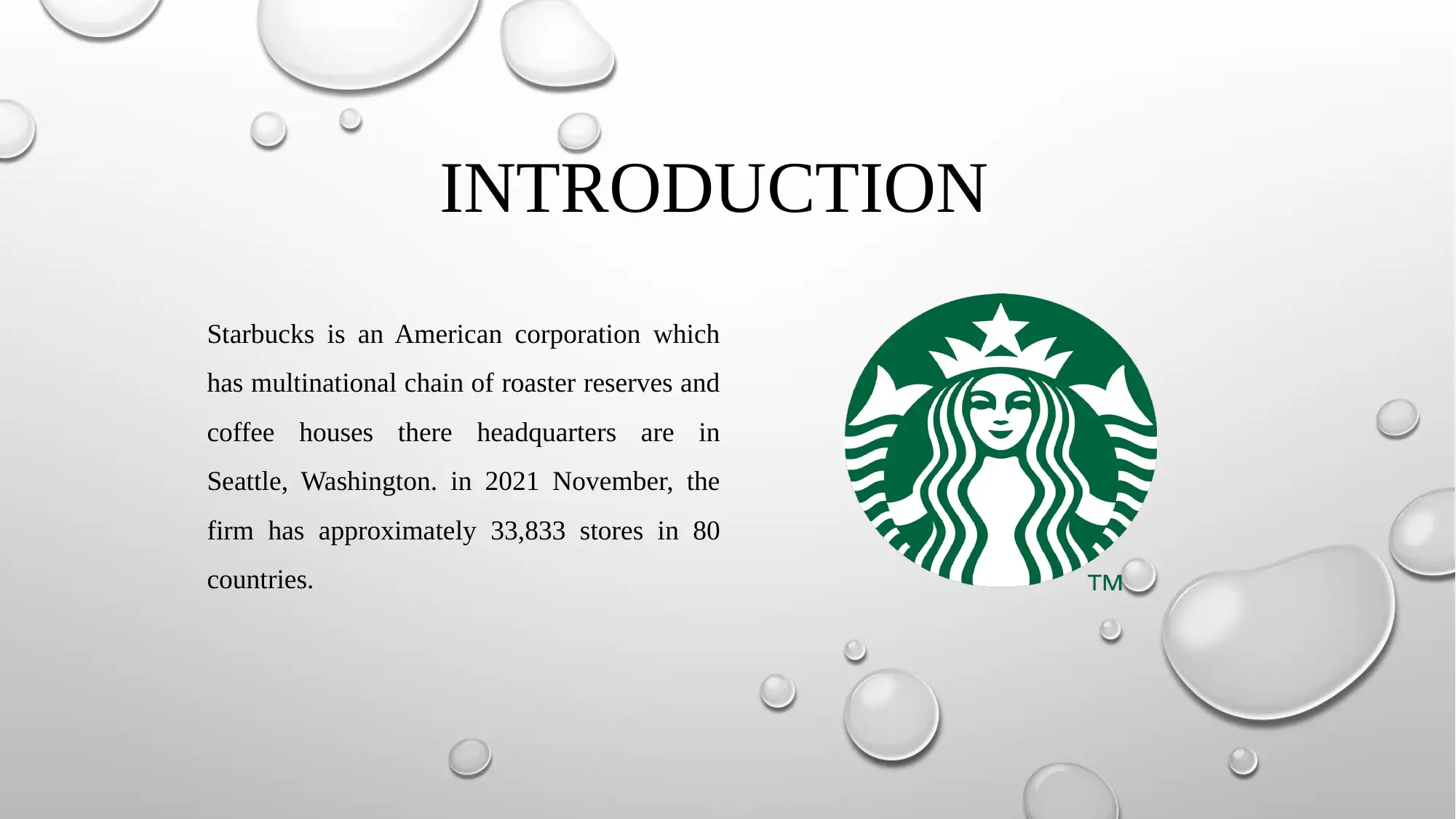
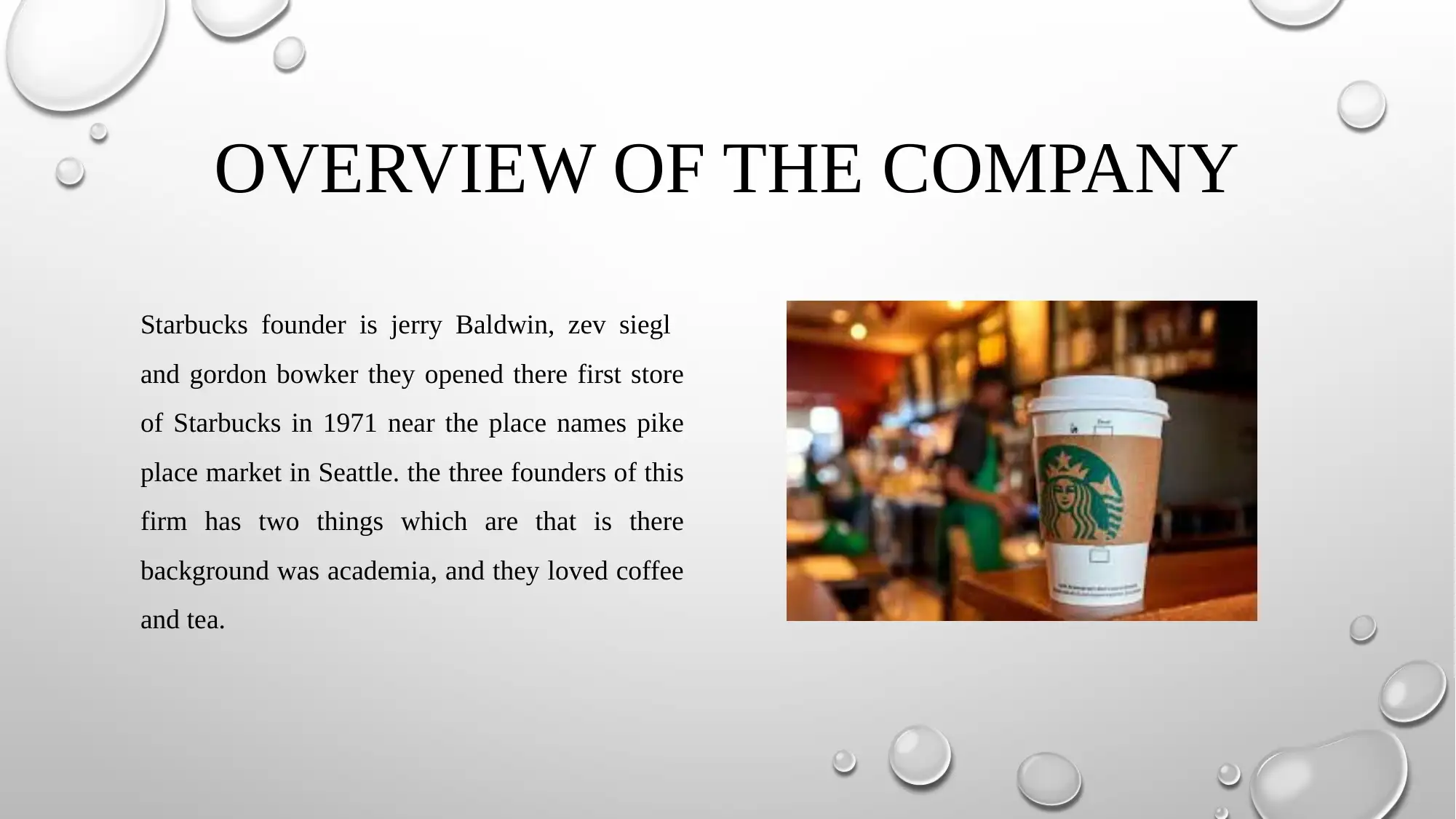

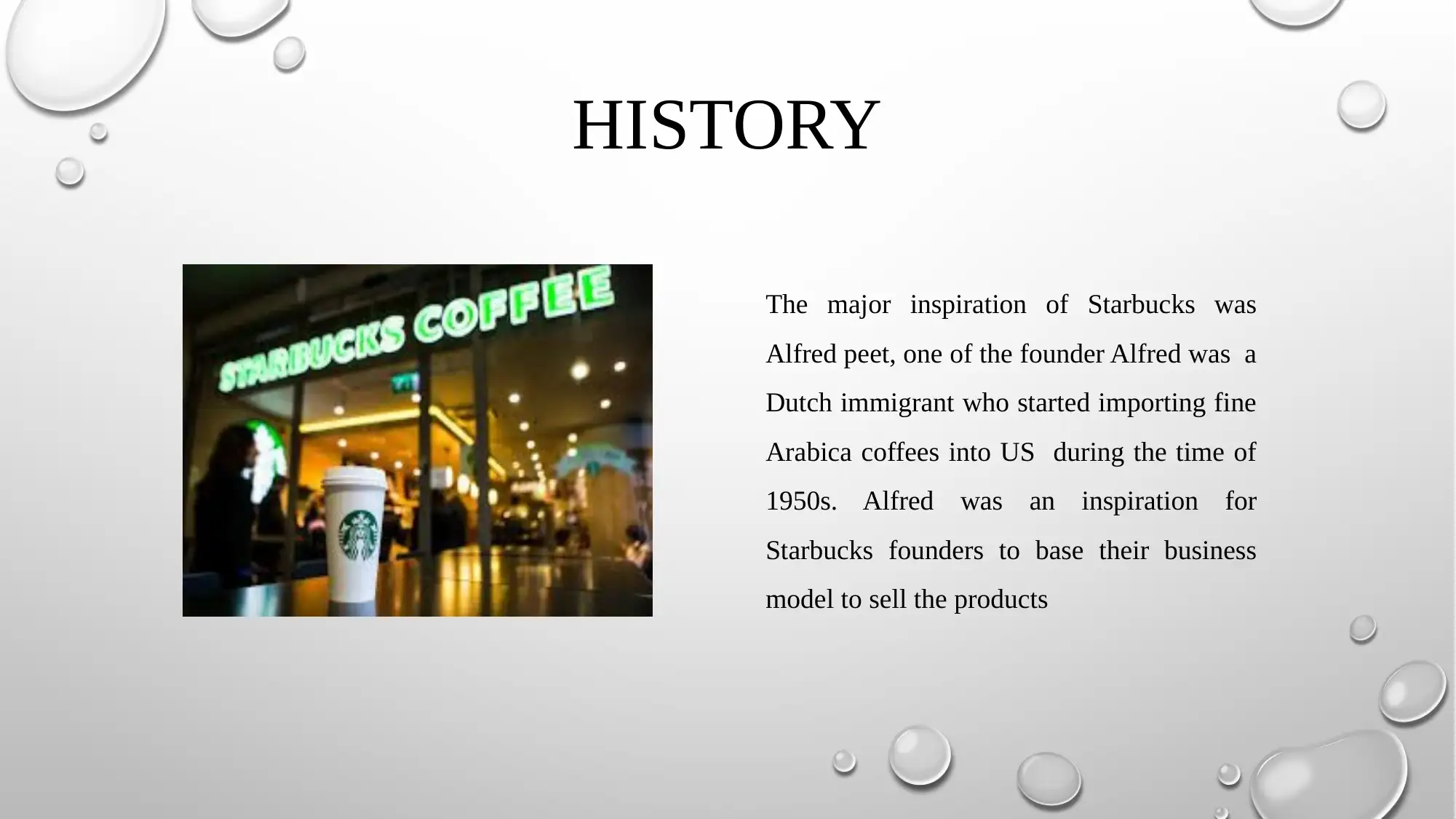
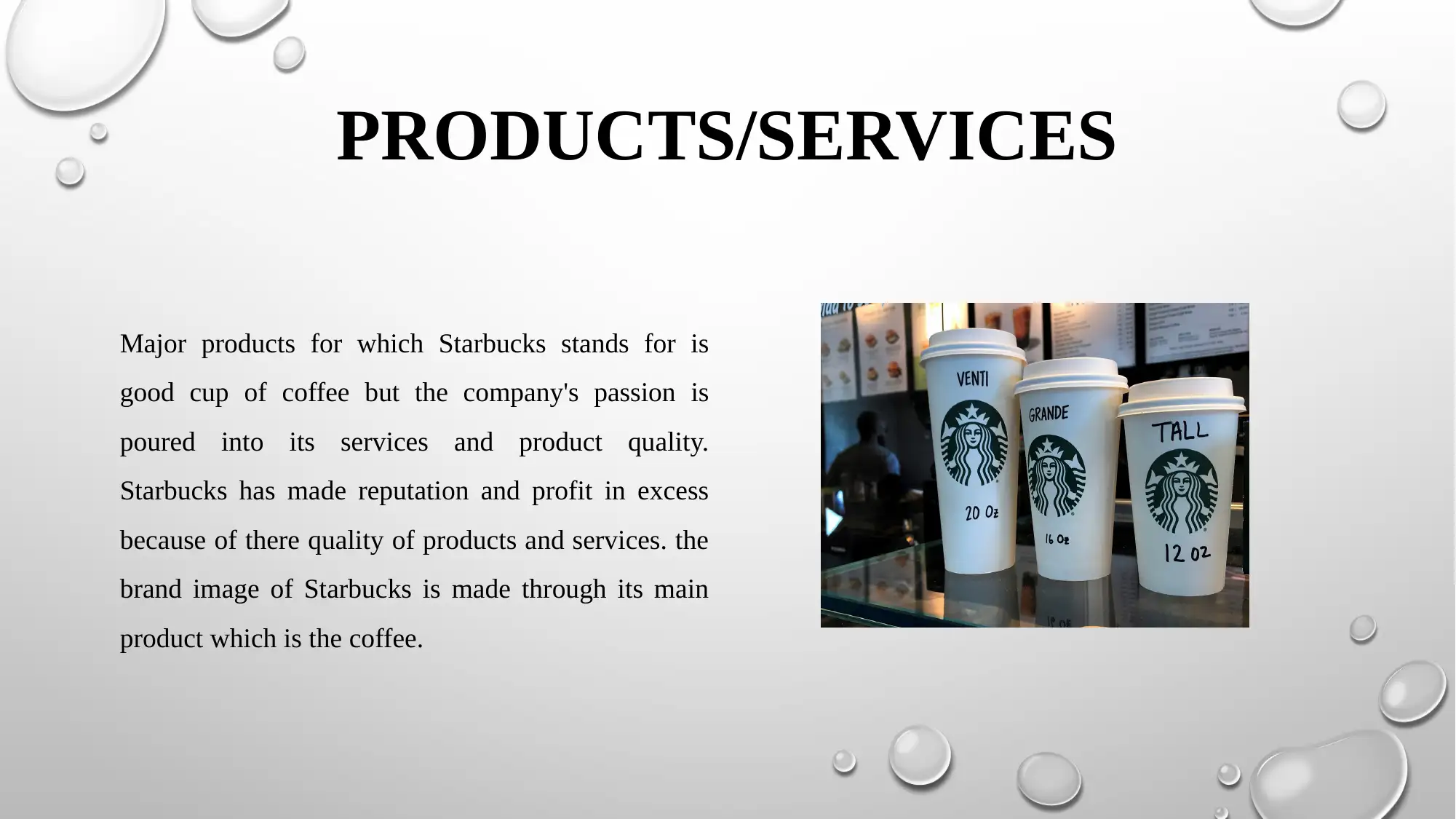
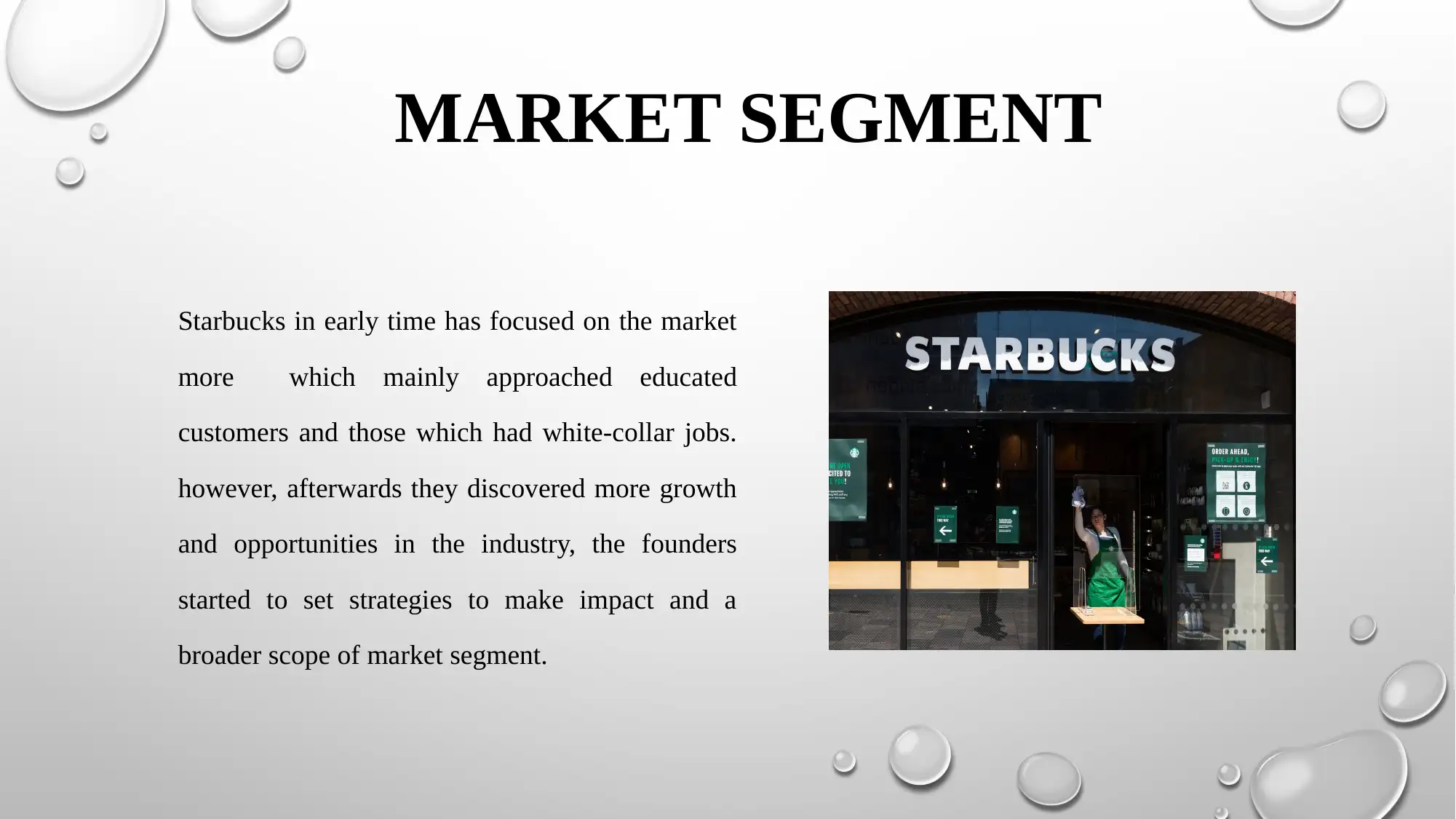
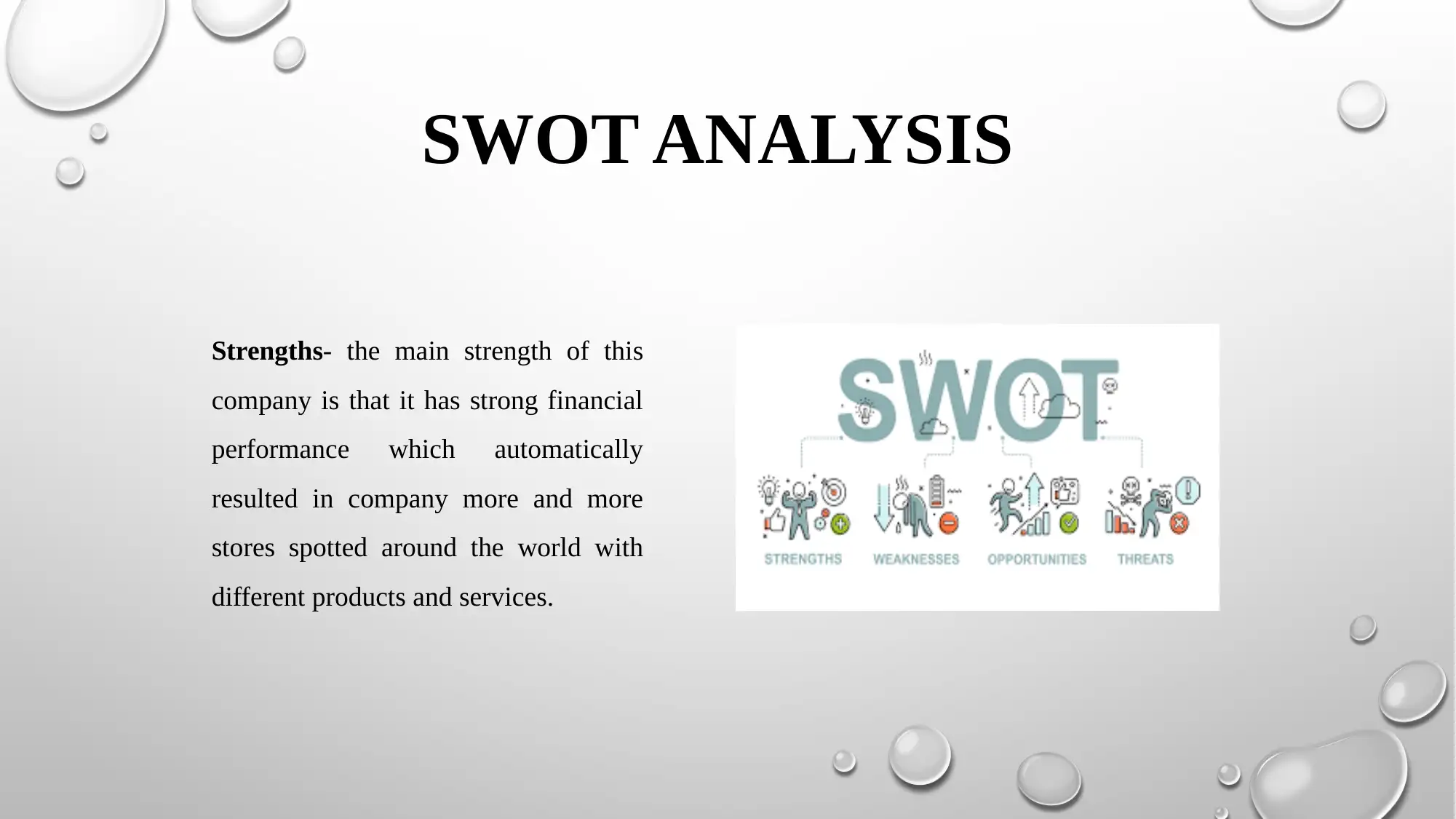
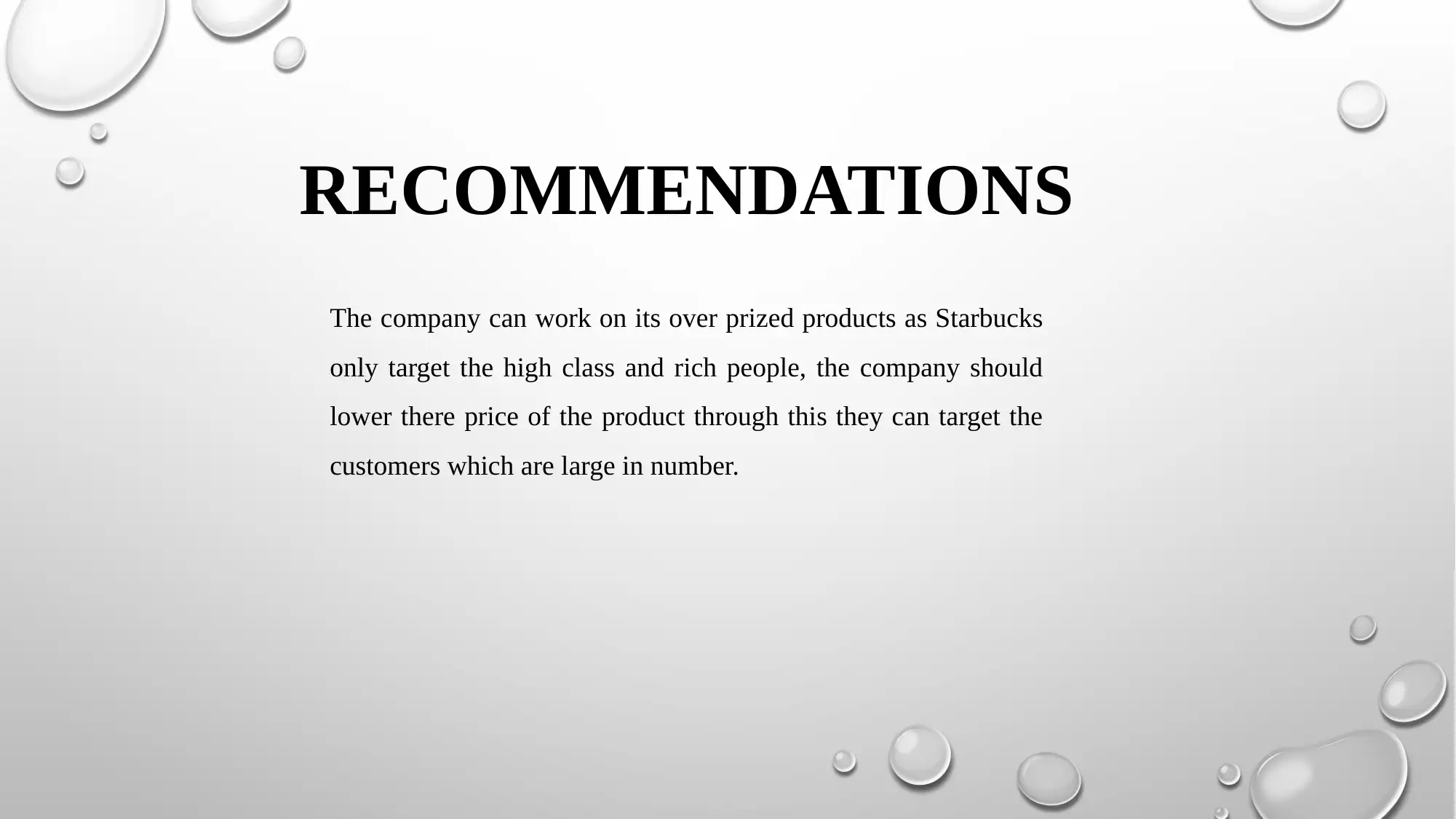
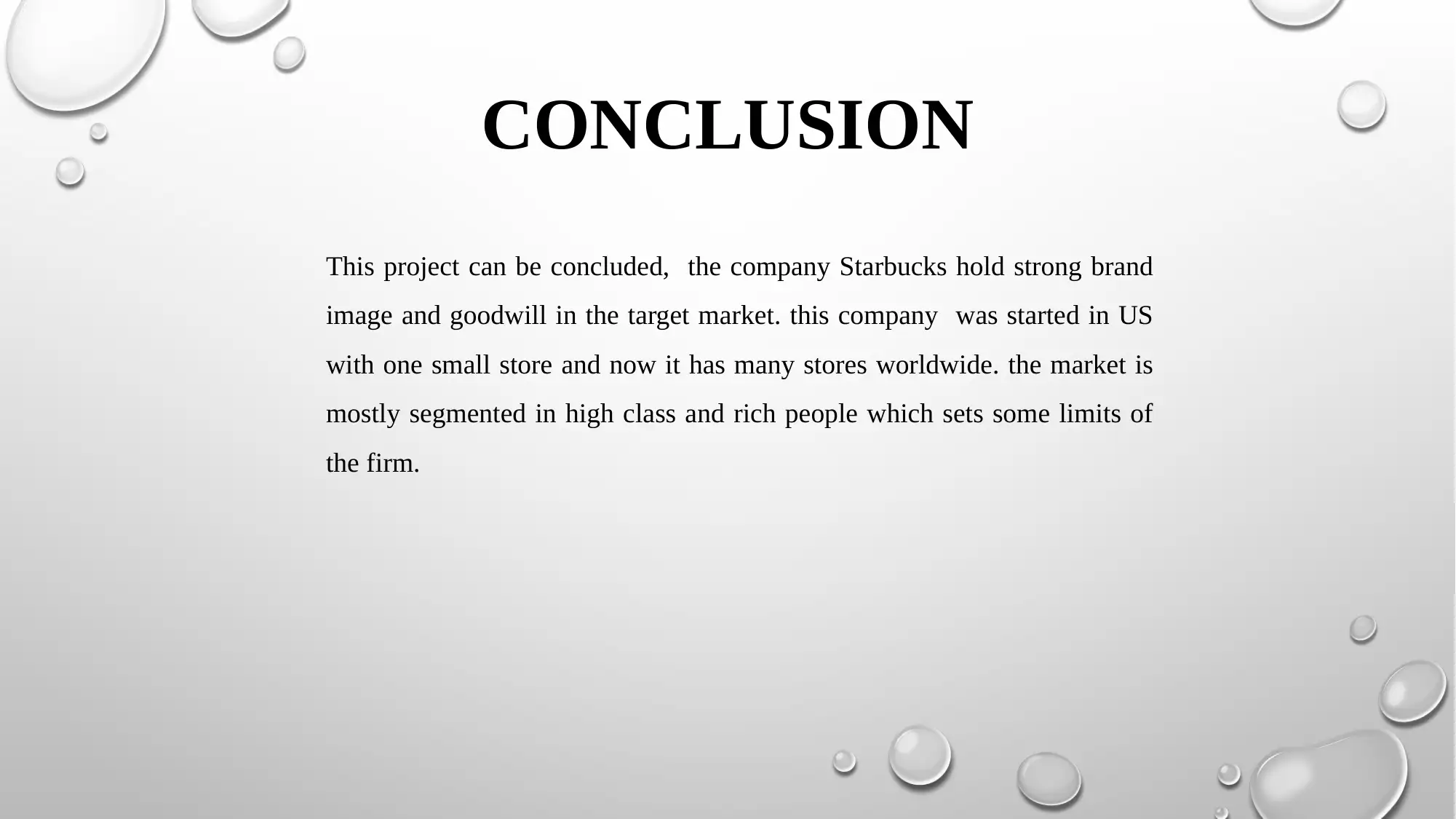
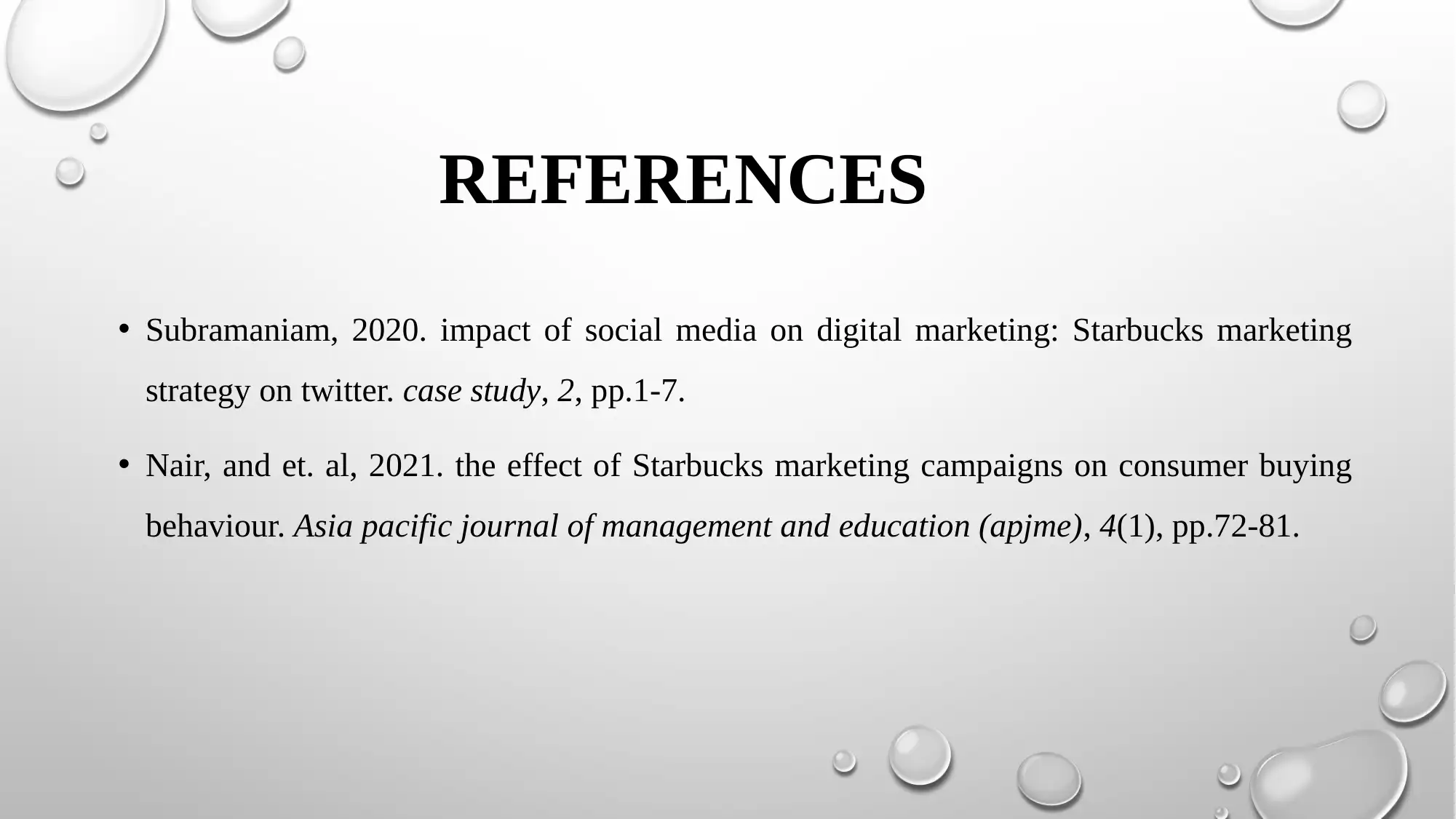






![[object Object]](/_next/static/media/star-bottom.7253800d.svg)